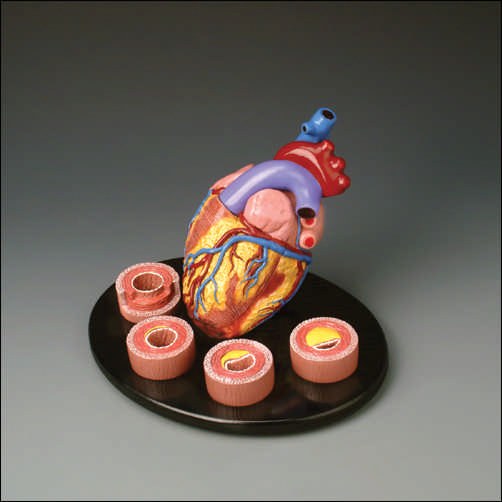Instruction
1
Atherosclerosis is not always associated with age-related changes of blood vessels. Its development may begin in childhood. But due to the lack of any signs of the disease to identify it in the initial stages is not possible. And only when atherosclerotic plaques affects about 85% of the arteries, symptoms of other diseases resulting from impaired circulation.
2
A complete defeat of all the arteries is quite rare. And often it's a blockage of the heart, brain, kidney or lower extremities. Accordingly, the symptoms of atherosclerosis occur depending on the localization of the damaged vessel.
3
With the defeat of the vessels of the brain significantly reduced memory, mental activity, worsening sleep, there is unexplained irritability, nervousness, tearfulness, feeling of heaviness and buzzing in the ears and dizziness. Progressive atherosclerotic changes of cerebral vessels can cause them to rupture and stroke.
4
With the defeat of the vessels of the heart narrowing of the lumen leads to coronary heart disease, the first signs of squeezing chest pains in the heart area. Often they give in the shoulder blade, left arm and neck. Their appearance is preceded by physical and mental stress. As a result of changes in the blood vessels of the heart developing angina, coronary artery disease, heart attack, and sclerotic disease.
5
To suggest that atherosclerosis of the lower extremities can be weakness in the legs, pulling pain, cramping in the calf muscles, especially at night, and sometimes gait disturbance (limping). Due to disturbed blood supply appears cold feet and pain in some fingers. Progressive sclerosis of the lower extremities leads to nonhealing ulcers and gangrene.

